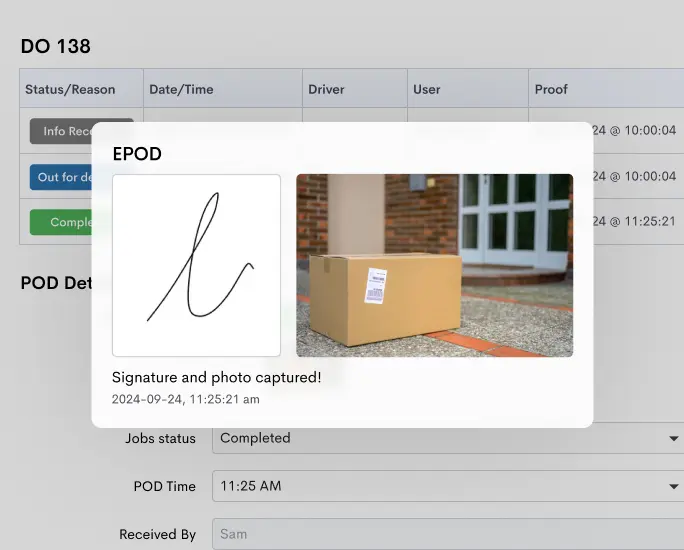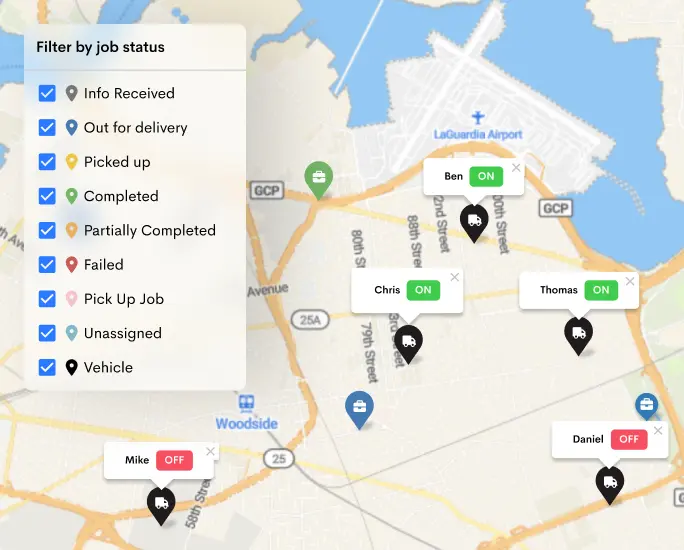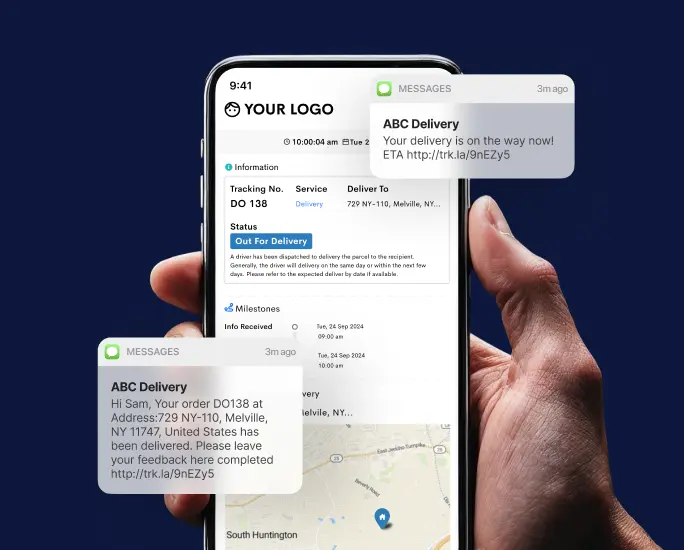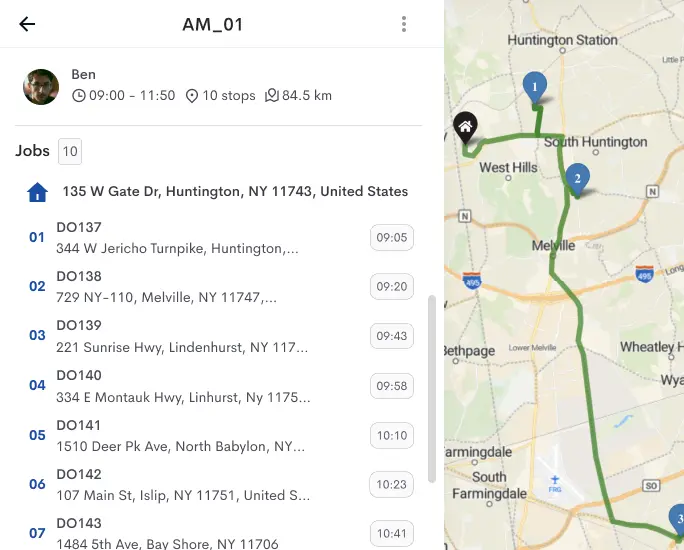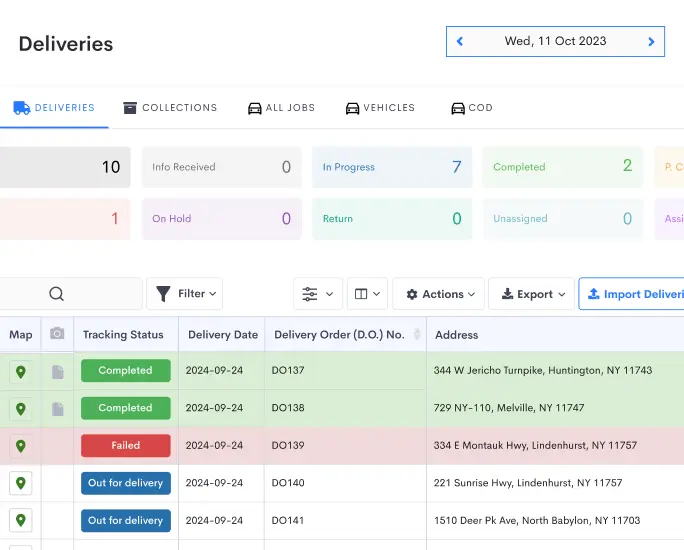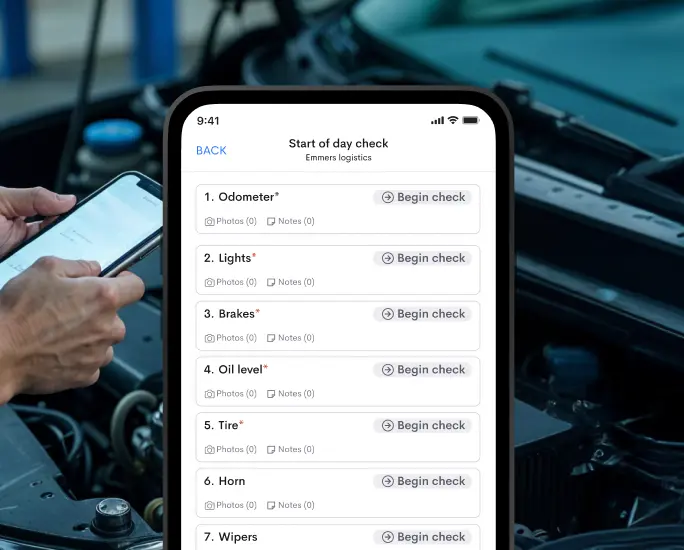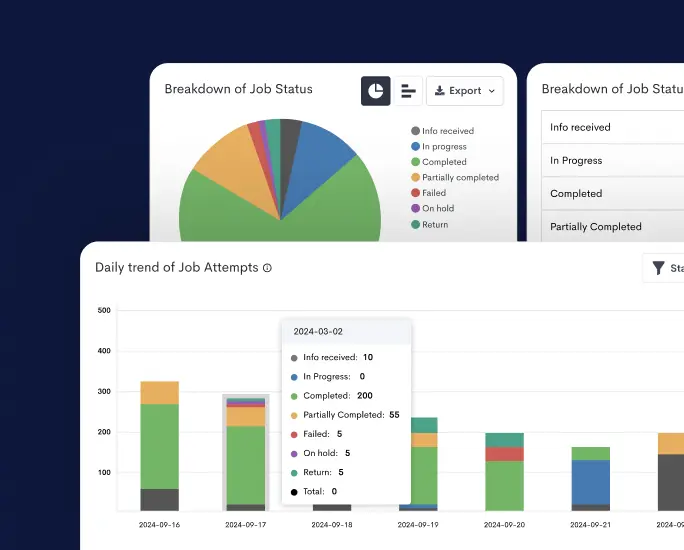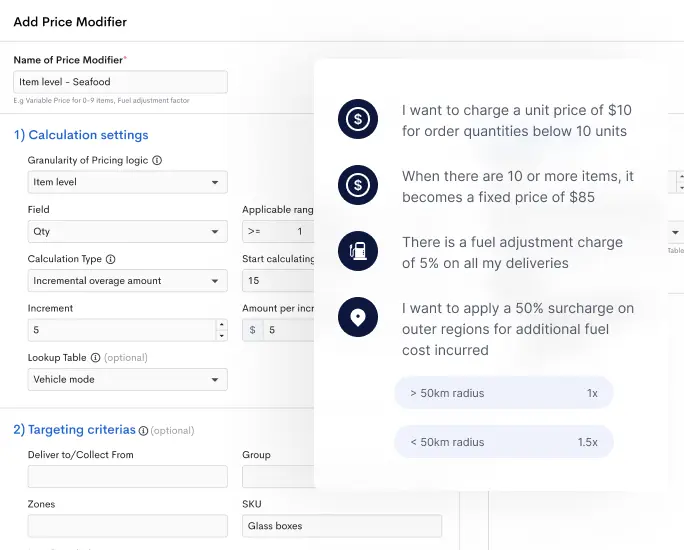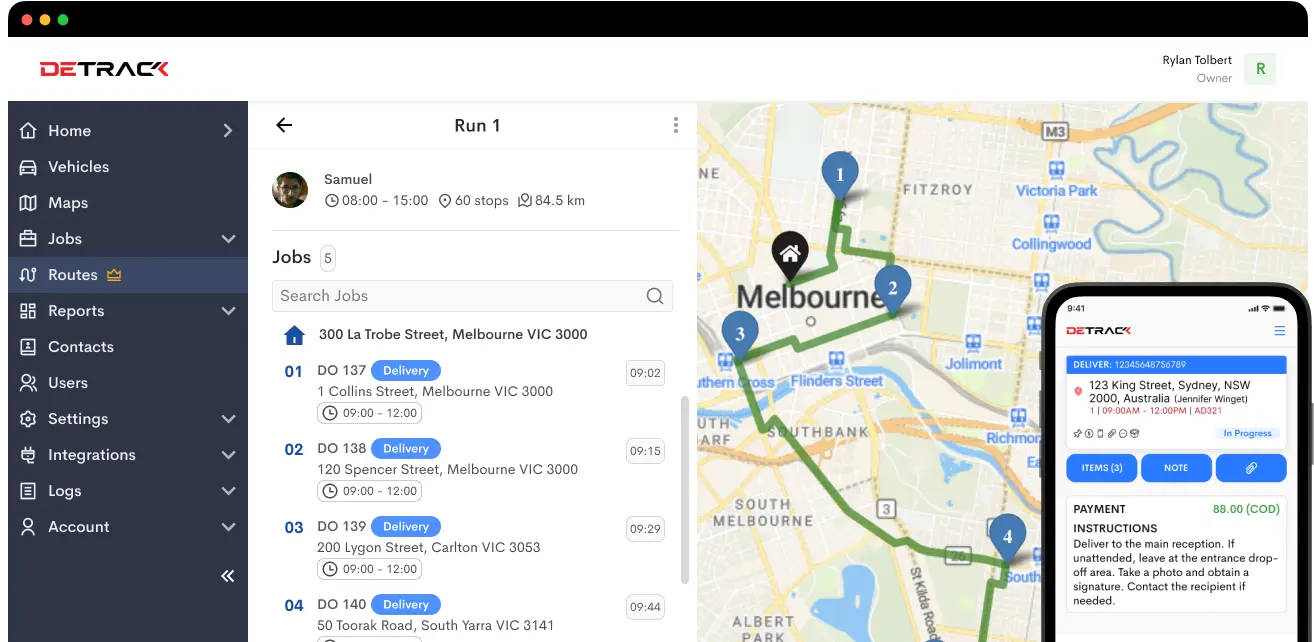Getting products to customers efficiently and on time is the ultimate challenge. The last mile—where goods are delivered from a local hub to their final destination—is where this challenge is most pronounced. This final step can be both costly and complex, and many businesses struggle to optimize it effectively.
Enter last mile delivery software, a solution designed to streamline this crucial phase. By leveraging advanced technology, businesses can gain more control over their delivery processes, reduce costs, and meet rising customer expectations for fast, flexible, and reliable deliveries.
What is Last Mile Delivery Software?
Last mile delivery software is a comprehensive tool that helps companies manage the logistics of delivering goods to customers. It provides real-time tracking, route optimization, delivery scheduling, and other features that ensure deliveries are made as efficiently as possible.
By using this software, companies can more effectively plan, execute, and monitor their last-mile operations, from dispatching drivers to providing customers with live updates on their delivery status.
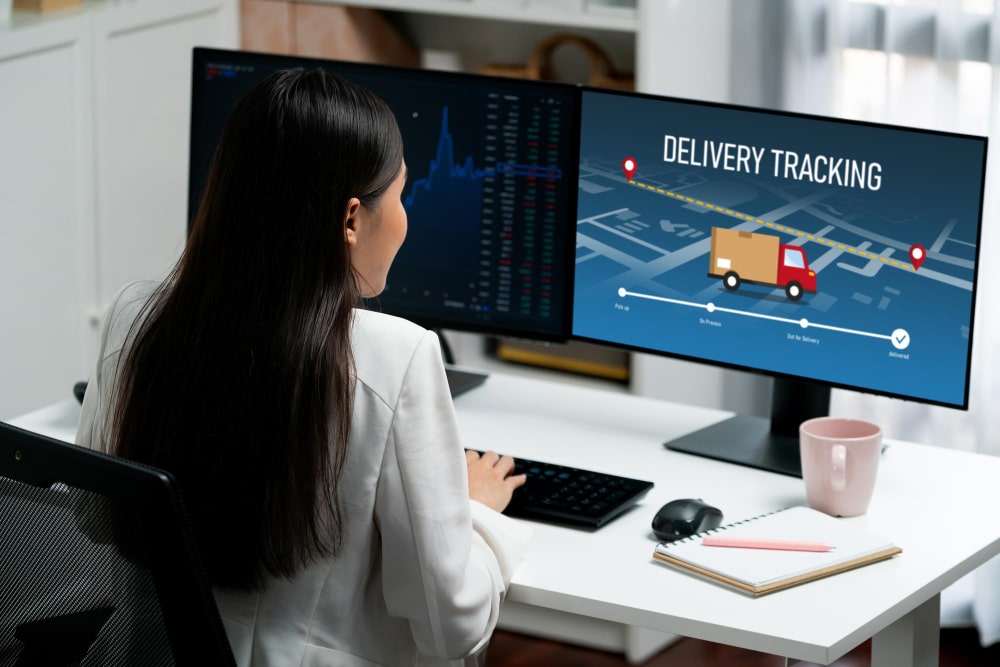
How Last Mile Delivery Software Solves These Issues
Last mile delivery software addresses these challenges head-on by providing businesses with tools to optimize and automate their delivery processes. Let’s take a closer look at how this software makes a difference:
1. Optimized Route Planning
One key feature of last-mile delivery software is route optimization. The software uses advanced algorithms to plan the most efficient routes for drivers, taking into account real-time traffic, road conditions, and the number of deliveries.
By minimizing time spent on the road, businesses can reduce fuel consumption, labor costs, and vehicle wear and tear, ultimately cutting overall delivery expenses. According to research, route optimization can lead to 20-30% reductions in delivery costs.
2. Real-Time Tracking and Transparency
Modern consumers expect full visibility into their deliveries. Last mile delivery software provides real-time tracking capabilities that allow customers to monitor their packages as they move through the delivery process. Customers can see estimated arrival times and receive notifications if there are any delays or changes.
This transparency improves the customer experience and reduces inquiries about delivery status, leading to fewer customer service calls.
3. Flexible Delivery Options
As customer expectations evolve, businesses need to offer more flexible delivery options. Last mile delivery software enables companies to provide features like time window selection, same-day delivery, and even contactless delivery. These options are customizable, allowing businesses to adapt to customer preferences without sacrificing operational efficiency.
4. Data Analytics and Reporting
Delivery data is crucial for understanding performance and identifying areas for improvement. Last mile delivery software offers detailed analytics and reporting features that allow businesses to track key metrics like delivery times, customer satisfaction, and driver performance.
With this data, companies can make data-driven decisions to optimize their operations and address any bottlenecks in the last mile.
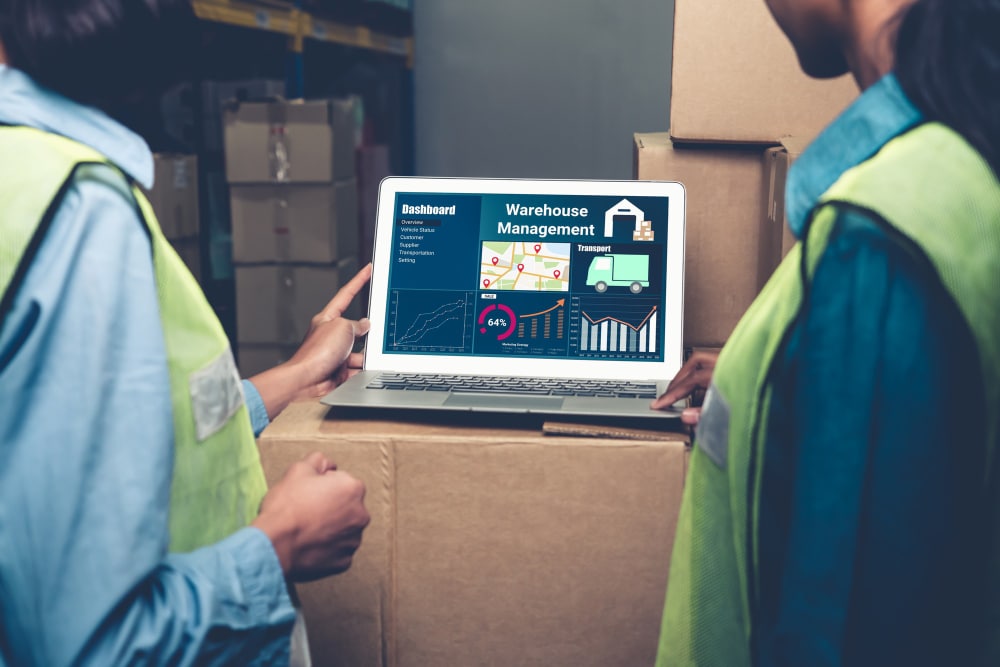
The Benefits of Last Mile Delivery Software
The implementation of last mile delivery software comes with several key benefits for businesses, both operationally and financially:
1. Cost Savings
By optimizing routes, providing electronic proof of deliveries, and reducing failed deliveries, businesses can significantly cut down on their last mile costs. Additionally, by offering customers self-service options like real-time tracking and delivery notifications, businesses can decrease the volume of customer service inquiries, reducing operational costs.
2. Improved Customer Satisfaction
Consumers today are more likely to choose a business based on the quality of its delivery services. Last mile delivery software enhances customer satisfaction by offering transparency, flexibility, and reliable service. With features like real-time updates and optimized delivery windows, businesses can meet or even exceed customer expectations.
3. Scalability
As businesses grow, their delivery operations become more complex. Last mile delivery software is scalable, allowing companies to manage larger volumes of deliveries without sacrificing efficiency. Whether a business is handling hundreds or thousands of deliveries a day, the software ensures that operations remain streamlined.
4. Sustainability
With sustainability becoming an important factor for many consumers, last mile delivery software can help businesses reduce their carbon footprint. Route optimization minimizes fuel consumption, and by offering flexible delivery options, companies can avoid unnecessary re-deliveries. Some software even integrates with electric vehicle fleets for greener delivery solutions.
The Future of Last Mile Delivery Software
As technology continues to evolve, the capabilities of last mile delivery software will only improve. Businesses can expect more advanced features like:
- AI-Powered Dispatching: Artificial intelligence (AI) will allow for even smarter dispatching, further improving delivery efficiency.
- Drones and Autonomous Vehicles: As drone and autonomous vehicle technology matures, last mile delivery software will integrate with these systems, reducing reliance on human drivers and cutting down delivery times.
- Predictive Analytics: Future software will use predictive analytics to forecast demand spikes and optimize resources in advance, allowing businesses to stay ahead of delivery challenges during peak seasons.
Conclusion
Last mile delivery software is revolutionizing the logistics industry by offering solutions to the most pressing challenges in the final stage of delivery. With tools that improve route efficiency, reduce costs, and enhance the customer experience, businesses can transform their last mile operations into a competitive advantage.
As technology advances, those who invest in last mile delivery software will be well-positioned to meet the growing demands of the modern consumer.

